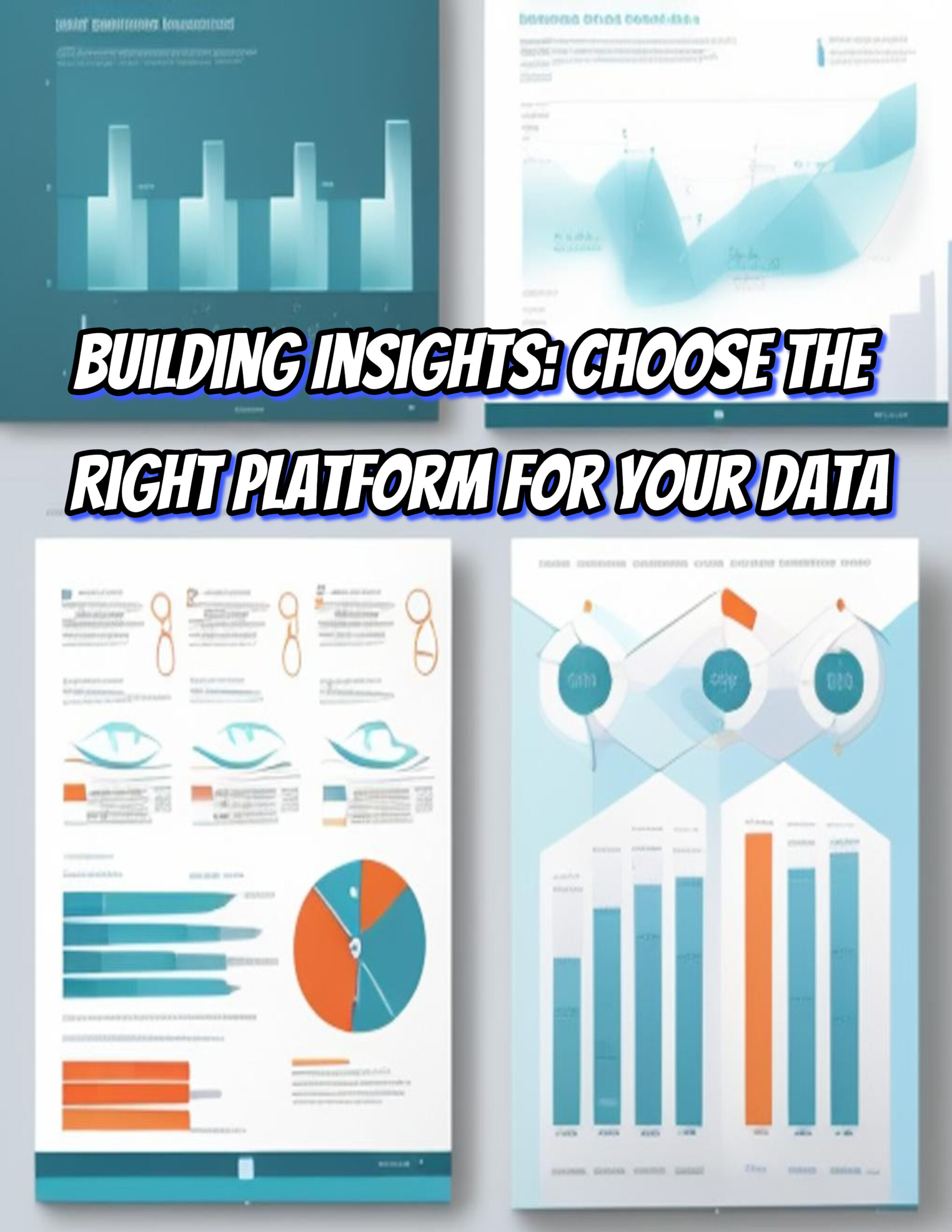
- December 22, 2023
- admin
- Business, Data Science, Data Visualization, Reports, Server-Side Tracking, Social Media, Technology
In the dynamic realm of data analytics, the transition from session-based to event-based data collection has revolutionized the way businesses understand and measure user interactions. Event-based data, capturing every granular interaction rather than just page views or sessions, provides a more comprehensive and nuanced view of user behavior, enabling businesses to make data-driven decisions that enhance customer experiences and optimize marketing strategies.
Understanding the Shift to Event-Driven Data
Session-based data, the traditional approach to web analytics, has its limitations. It relies on aggregating data into sessions based on predefined timeouts or page interactions, failing to capture the intricate details of user behavior and the context of their interactions. Event-based data, on the other hand, captures every click, scroll, form submission, and other meaningful interactions, providing a more holistic and detailed picture of user engagement.
Benefits of Event-Driven Data Collection
Event-driven data collection offers a multitude of advantages over session-based data, including:
-
Granular User Behavior Insights: Event-based data provides a detailed understanding of how users interact with websites, apps, and other digital platforms, revealing their preferences, pain points, and navigation patterns.
-
Improved Customer Journey Analysis: By tracking individual interactions, event-based data enables businesses to map the entire customer journey, identifying key touchpoints and areas for improvement.
-
Enhanced Attribution Modeling: Event-based data allows for more precise attribution modeling, accurately assigning credit for conversions to the appropriate touchpoints, not just the last click.
-
Real-time Analytics and Personalization: Event-based data enables real-time analytics, allowing businesses to personalize user experiences based on their current interactions and preferences.
-
Cross-Platform Data Analysis: Event-based data can be collected from various sources, including websites, apps, and IoT devices, providing a unified view of user behavior across platforms.
Choosing the Right Event-Driven Data Platform
With a growing number of event-driven data platforms available, selecting the right one for your business needs requires careful consideration. Factors to consider include:
-
Business Objectives: Clearly define your business objectives and how event-based data can help achieve them. Identify the specific data points you need to collect and analyze.
-
Data Volume and Complexity: Assess the volume and complexity of your event-based data. Some platforms are better suited for handling large volumes of data, while others offer more advanced analytics capabilities.
-
Integration with Existing Tools: Ensure the platform integrates seamlessly with your existing data infrastructure and analytics tools.
-
Ease of Use and Scalability: Consider the platform’s ease of use and ability to scale with your growing data needs.
-
Cost and Pricing: Evaluate the platform’s pricing structure and determine if it aligns with your budget.
Popular Event-Driven Data Platforms
Several event-driven data platforms stand out in terms of their features, capabilities, and user base:
-
Google Analytics 4 (GA4): GA4 is a powerful and versatile event-based analytics platform that offers a wide range of features, including custom reports, audience segmentation, and integration with Google’s marketing ecosystem.
-
Adobe Analytics: Adobe Analytics provides comprehensive event-based analytics with advanced features for data analysis, attribution modeling, and cross-channel marketing.
-
Snowplow: Snowplow is an open-source event tracking platform that offers flexibility and customization for businesses with specific data collection and analysis needs.
-
Amplitude: Amplitude is a customer data platform (CDP) that focuses on event-based data collection and analysis for understanding user behavior and improving customer experiences.
-
Segment: Segment is another CDP that provides event-based data collection and analysis, along with customer data unification and personalization capabilities.
Conclusion: Embracing Event-Driven Data for Enhanced Insights
Event-driven data collection has revolutionized the way businesses understand and measure user behavior, providing a wealth of granular insights that empower data-driven decision-making. By carefully selecting the right event-driven data platform based on their specific needs and objectives, businesses can extract actionable insights from their event-based data, optimizing marketing strategies, improving customer experiences, and driving sustainable growth.
Categories
- Artificial Intelligence (19)
- Bigquery (7)
- Business (38)
- Chat GPT (6)
- Code (5)
- Data Science (23)
- Data Visualization (28)
- Google Ads (4)
- Google Analytics (19)
- Google Analytics 4 – GA4 (22)
- Google Bard (5)
- Google Cloud (6)
- Google Looker Studio (4)
- Google merchant center (2)
- Google tag manager (10)
- Healthcare (2)
- Hindi (6)
- Javascript (3)
- Migration (1)
- Natural Language Processing (5)
- NLP (3)
- Prestashop (3)
- Reports (10)
- SEO (1)
- Server-Side Tracking (10)
- Social Media (15)
- Technology (35)
- web design (2)
- web development (5)
- आर्टिफिशियल इंटेलिजेंस (5)
- एआई (5)
- कृत्रिम बुद्धिमत्ता (6)
- गूगल बार्ड (3)
- डेटा विज्ञान (1)
- डेटा साइंस (1)




